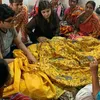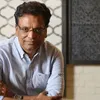Launched in 2014, PhotoSparks is a weekly feature from YourStory, with photographs that celebrate the spirit of creativity and innovation. In the earlier 505 posts, we featured an art festival, cartoon gallery, world music festival, telecom expo, millets fair, climate change expo, wildlife conference, startup festival, Diwali rangoli, and jazz festival.
Regarded as India’s favourite street festival for art, Chitra Santhe kicks off its 18th edition this year – but online this time, due to the COVID-19 pandemic. Hosted by Karnataka Chitrakala Parishath in Bengaluru, the festival is usually held across the entire stretch of Kumara Krupa Road.
In ‘normal’ times, the road is sealed off to traffic, and the outdoor street fair is intended to bring traditional and contemporary art to a broader audience, beyond the confines of galleries and museums. Usually held on the first Sunday of January each year, the festival this time features a month-long virtual display.
See YourStory’s coverage of six earlier editions of Chitra Santhe: 2020, 2019, 2018, 2017, 2016, and 2015, as well as compilations of Top Quotes of 2020, on Art in the Era of the Pandemic, Indian Art, Art Appreciation and Practice, and Beauty and Business of Art.
Chitra Santhe 2021 features the works of 1,500 artists from 19 states in India and 25 countries around the world. In this photo essay series, we profile a range of artworks along with insights from the participating artists. The festival website provides artist contact information and artwork prices.
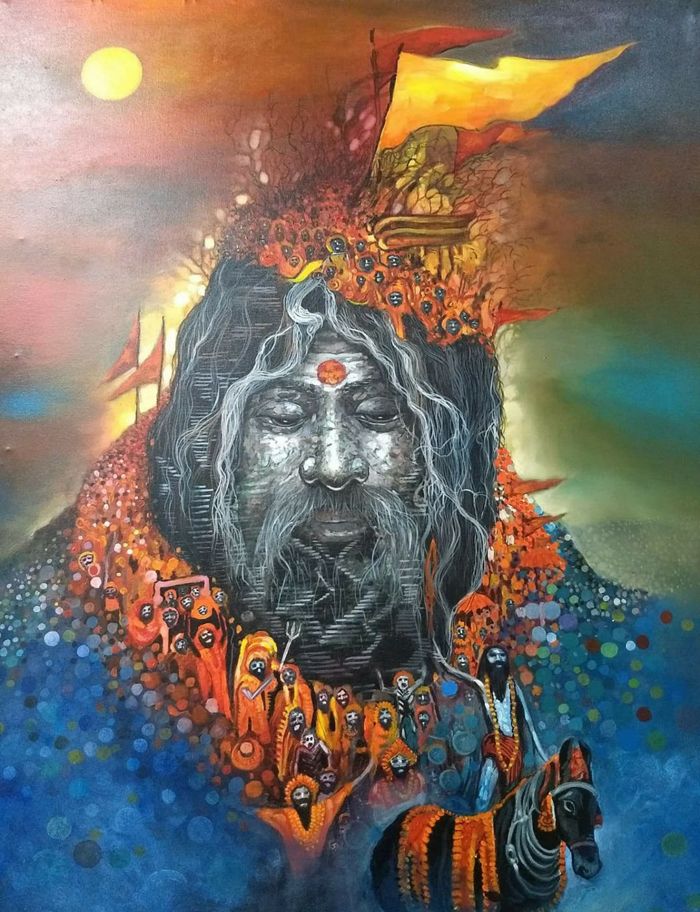
Artist: Somya Pathak
Somya Pathak
The year 2020 was hard for most artists, both physically and mentally. “Art provided much-needed relief during this time. I did lots of experiments with charcoal, watercolour, and soft pastels along with my usual medium of acrylic and oil,” explains Bengaluru-based artist Somya Pathak, in a chat with YourStory.
“Chitra Santhe is an annual event, and you try to put out the best work done during the year,” she adds. Somya prepared a range of artworks, priced from Rs 10,000 to Rs 75,000.
The paintings were titled Kathputaliyan (‘puppets’ in Hindi), asking whether the girl's destiny is any different from her puppets; Temple Bells, demonstrating how certain objects can trigger memories and spiritual experiences; and Otsana (she-wolf), an ode to women power.
“Online exhibitions are easy on logistics. A physical exhibition requires preparation, travelling, and spending days at the exhibition. The online audience can also be much larger as anyone in the world can access the exhibition,” Somya explains.
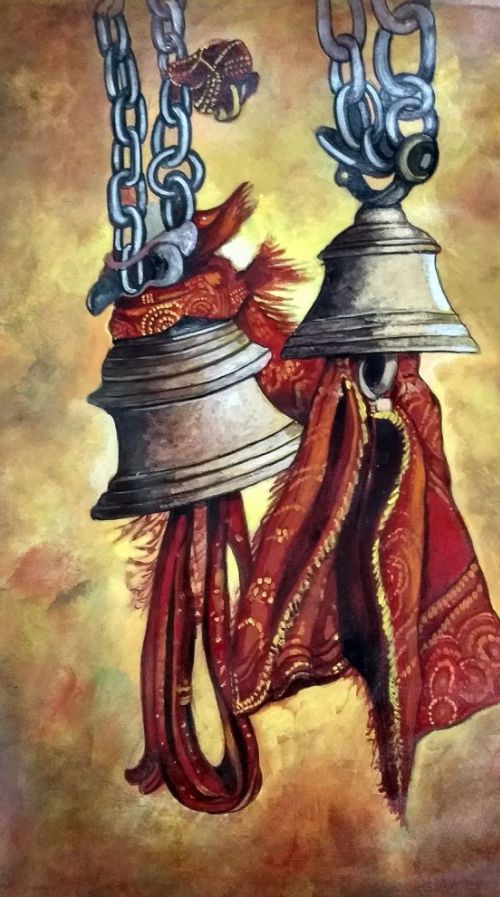
Artist: Somya Pathak
But there is a big difference between experiencing art physically and online. “One problem with online exhibitions is that there is no difference in the size of the artwork. The physical experience of a large artwork or a miniature is completely missed online,” she observes.
“Another problem is that the attention of the audience is a lot less online, and it is not possible to have one-on-one conversations with your audience,” Somya adds. Not all online exhibitions share website analytics with artists, so it is difficult to gauge audience feedback unless they write to the artist.
Still, Somya is thankful that Chitra Santhe was at least held online instead of getting cancelled due to the pandemic. “The exhibition is for 30 days where anyone, anytime, can experience the art created by over a thousand artists,” she says.
Aiko Higuchi
Japanese artist Aiko Higuchi is one of the international participants at Chitra Santhe 2021. She specialises in contemporary Japanese painting, using traditional materials. She graduated from Joshibi University of Art and Design, Kanagawa.
Her works have been exhibited overseas in Romania, Indonesia, Thailand, Hong Kong, and India as well. Aiko has won the Art Award Tokyo Marunouchi and Tokyo Wonder Seeds Award.
She sees art as a reflection of life, and artistic success as coming from personal satisfaction. “Viewers and providers both need mutual understanding,” Aiko recommends, as a way of improving art appreciation in society.
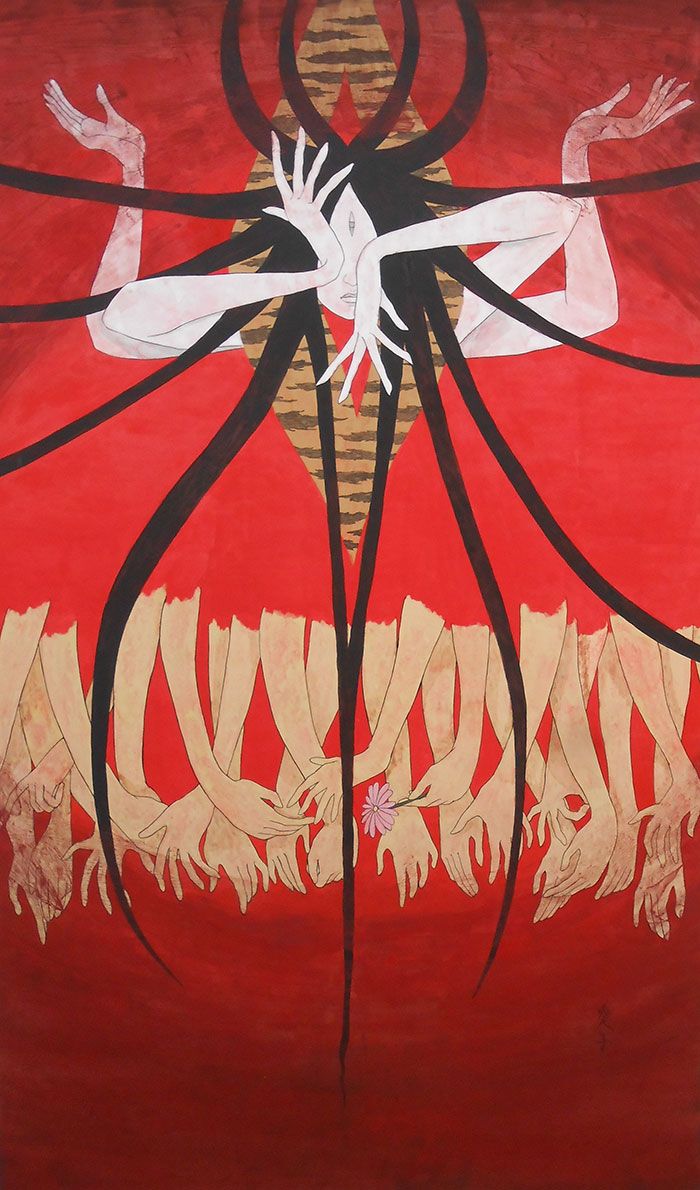
Artist: Aiko Higuchi
“Art is always with the era. I feel we have to change our style and keep thinking about it in the pandemic era,” she observes. Online exhibitions during the pandemic do not have limitations of location, but the experience is different.
“It is not possible to have the feeling with physical experiences, such as the actual texture of the artwork,” Aiko observes.
Edem Elesh
“Art comes to me. I have always been lucky in this regard. It is a necessity to express myself, and by doing so, wonderful things happen to me,” enthuses Edem Elesh, an artist based in Los Angeles, California. He believes artists reflect the world around them through their individual filters.
As an artist, he sees success in several forms, ranging from the completion of beautiful artworks to being invited to international exchange shows. “These opportunities have afforded me the chance to interact with artists from all over the world. The acknowledgement of my peers is the greatest success,” Edem proudly says.
He calls for more art appreciation in society, starting from schools. “Our cultural legacy as a society should be judged by the art we create and leave for posterity,” he explains.
During the lockdown, he was forced to used materials from around his home. That is how his artwork Strain was created – from an old globe and push pins. “It was pure serendipity. It became my necessary commentary on the global pandemic situation, with a range of COVID-19 virus strains,” Edem explains.
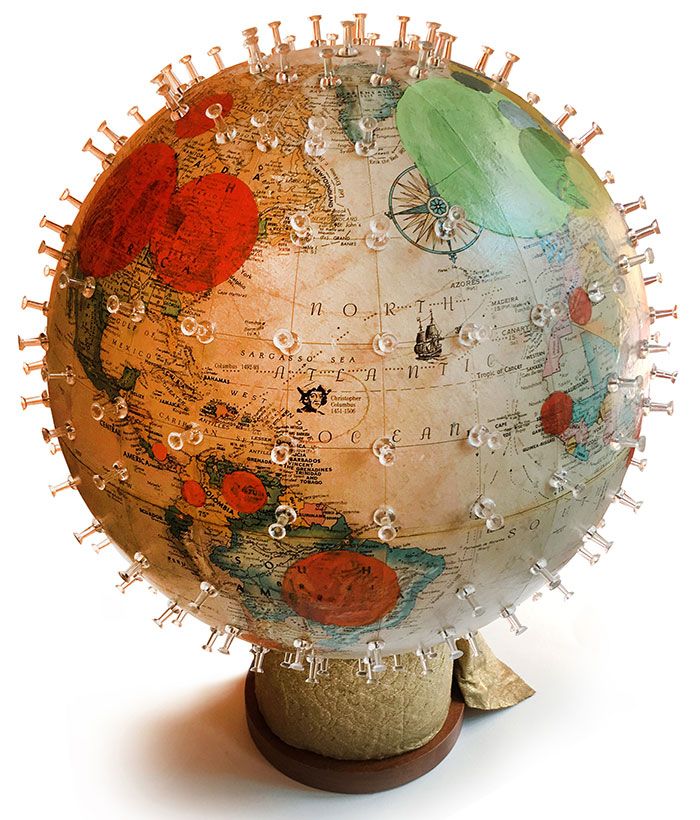
Artist: Edem Elesh
His artworks are generally priced from $3,000-$5,000. He sets himself a goal to create art or music every day, even if it means sketches or studies. He also creates soundtracks to his art presentations.
“It seems to me that, with travel bans in place, music transcends physical boundaries, and allows for remote collaboration,” Edem says. He has collaborated with other musicians in this regard and has a music project called KinderCrowdControl.
He sees physical interaction as crucial to understanding art and culture through experience. “There is absolutely no replacing being in a physical space with other artists. Human connectivity is crucial to us all understanding and celebrating our similarities and differences,” Edem emphasises.
“I am afraid we will be forced to “get used to” this new paradigm of online exhibitions. The keyword is forced. Art is physical, the manifestation of human thought and endeavour,” he adds.
“Know yourself and create what comes naturally. Art celebrates the diversity of humankind,” Edem advises aspiring artists.
Geeta Arya
Art is a way to feel and see beyond emotions and words, according to Geeta Arya. “Sometimes we reach depths within us and realise that life has many beautiful meanings. My paintings are the voice that tries to describe this,” she explains.
“As an artist, I feel a sense of achievement when I create something that I can admire myself for some time until I realise I can make something more extraordinary,” she describes. “The experience and practice of art is a bar that raises itself every few months and I learn constantly,” she adds.
Geeta says she can't think of art in terms of success, because success is generally seen as measurable by achievements. “With art, it is all about learning and evolving from depths that success doesn't define,” she explains.
“Commercial success is something I want to achieve if only to prove irrefutably that art is valuable to our very living; and of course, to be able to sustain myself while doing the best of what I love contributing,” Geeta adds.
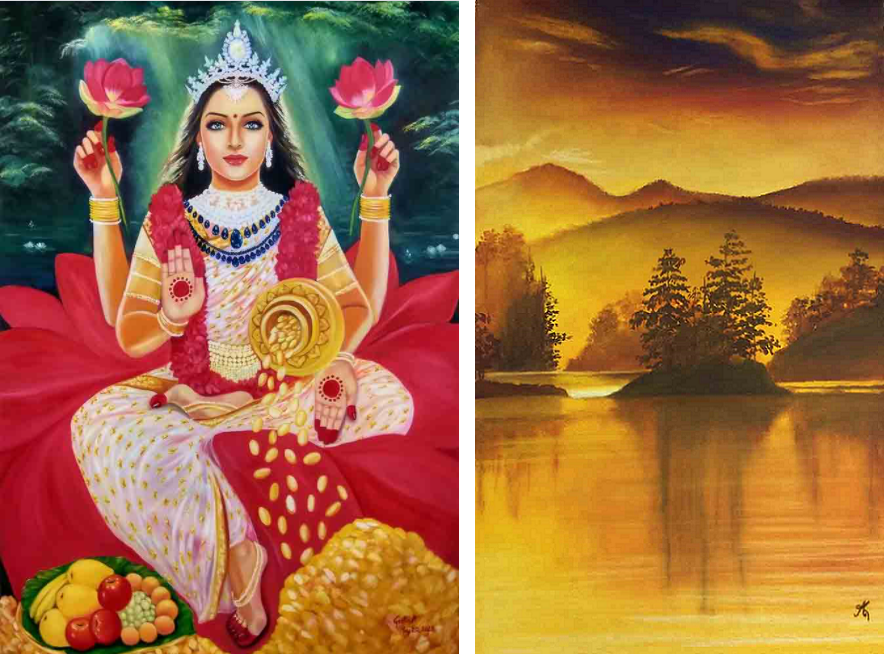
Artist: Geeta Arya
She calls for more understanding, appreciation, and dialogue about art in society so that it wins a place of respect in people's minds and lives. “People need to start seeing art as the voice of our deepest souls instead of only a hobby or a means to create trinkets and wall decor for gifting,” Geeta adds.
“People need to see art as the voice of every soul, and not just that of a privileged few. Art has to be for the masses, just like movies are,” she emphasises.
“Art has the power to change society by impressing thoughts and ideas on people in ways that leave a lasting impact. The artwork is the energy of the artist's soul speaking with a voice that can't be ignored,” Geeta says.
During the pandemic, she started painting a huge life-size painting of Goddess Sri Lakshmi in oils, which she exhibited online at Chitra Santhe. “The painting is 4X6 feet and took me 72 days to complete. I worked on it every day for at least 7-8 hours, sometimes more,” Geeta explains.
“This is my first participation in Chitra Santhe, and I am deeply honoured to have my work featured along with that of such amazing artists,” she enthuses. Her artworks are priced from Rs 3,500 up to Rs 7 lakh.
During the pandemic, she painted extensively, took art classes, and also mentored children. “I never thought I would be able to teach art again because it is not easy to earn from teaching what people see as a hobby or pastime. Coronavirus took away everything that was my livelihood and gave me this blessing. Thanks to humanity's struggle and perseverance, I was able to become an art teacher again. I am grateful,” Geeta says.
Though online exhibitions reduce logistics and increase reach, the physical feeling of experiencing a painting is missing. “One can't experience a life-size painting online. The experience of seeing it live is hard-hitting. The physical rush of being in an art market with my work displayed all around me and having people admire it live is something I cannot witness online,” Geeta laments.
“Never let anyone make you believe that you can't do something just because they think so. Listen only to your own inner voice,” she advises aspiring artists. She recalls that when she was in nursery, the only subject she failed in was drawing.
“My teacher wrote on my report card, Weak in Drawing because she had instructed me to paint inside the object. I painted both outside and inside because I wanted to. Fast forward several decades, and here I am – an artist in my own right,” Geeta proudly says.
“Every masterpiece ever created began with one single stroke of a paintbrush or a pencil. Then the artist made millions of such strokes until he or she was satisfied that their creation now speaks the voice of their soul and will do so for centuries,” she describes.
“Creating takes all you've got. Never stop. Always complete your work and save it. Let your art be the voice of your soul. Do justice to every stroke you make,” she advises.
“Once it's done, preserve your work so that the voice of your soul inspires someone else to listen to the voice of their own soul, even centuries later,” Geeta signs off.
Now, what have you done today to pause in your busy schedule and find new avenues to apply your creativity?
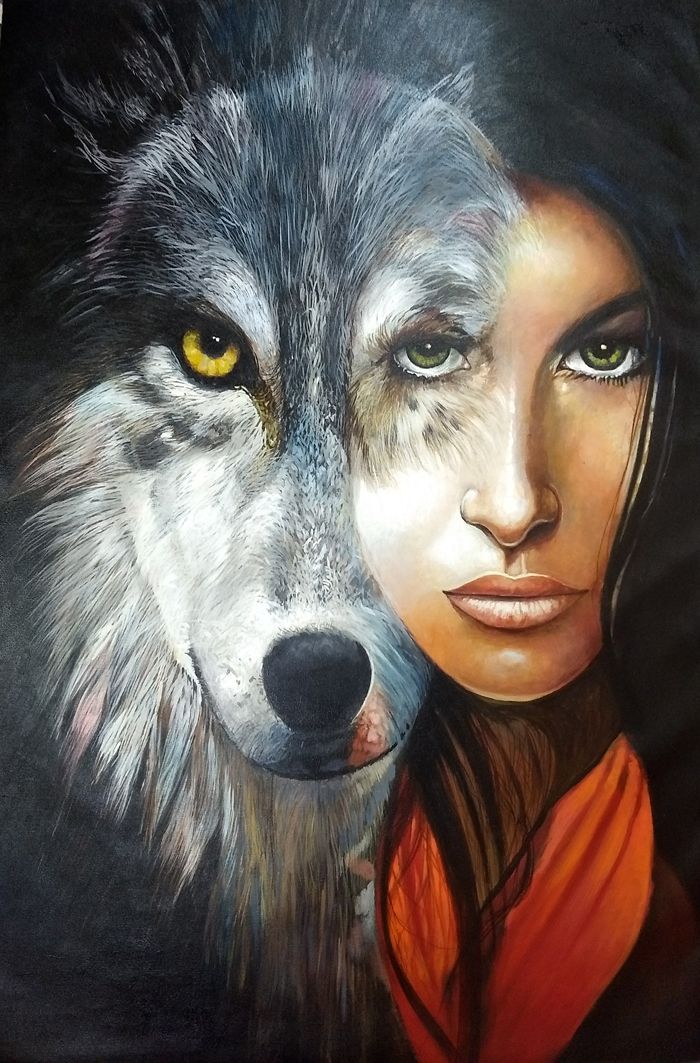
Artist: Somya Pathak
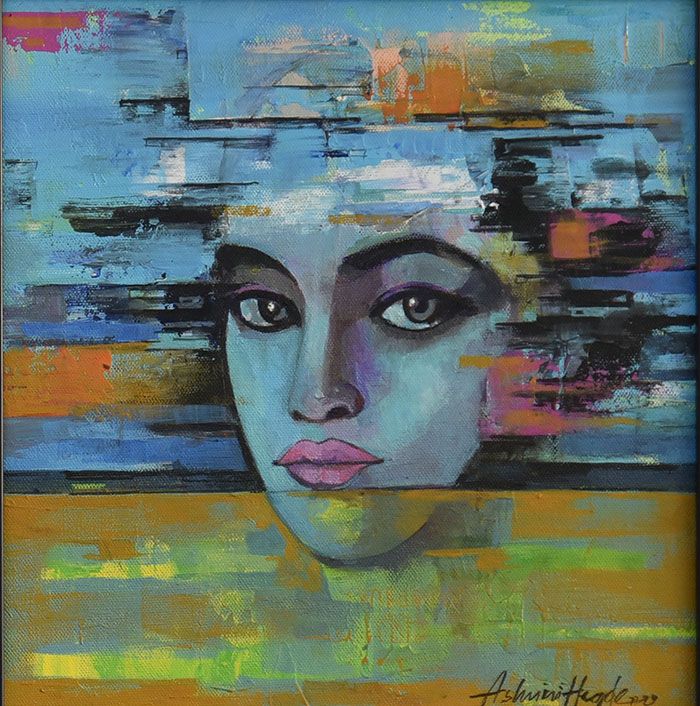
Artist: Aswini Hegde
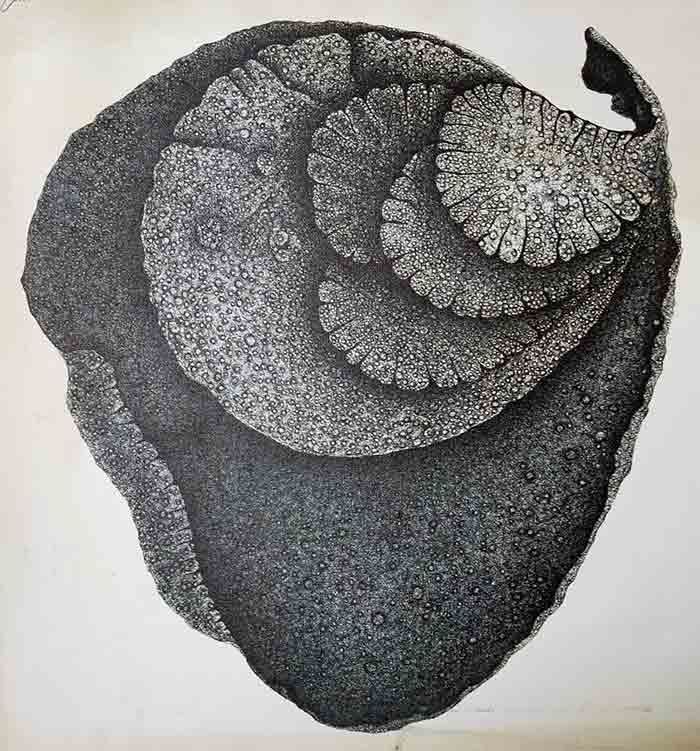
Artist: Babu Jattakar
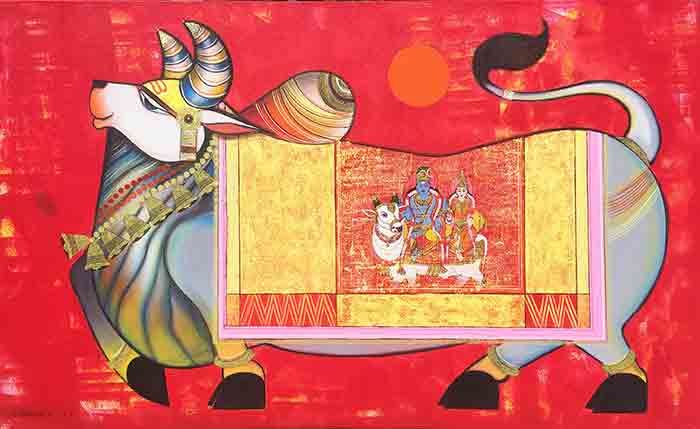
Artist: Ashok S. Rathod
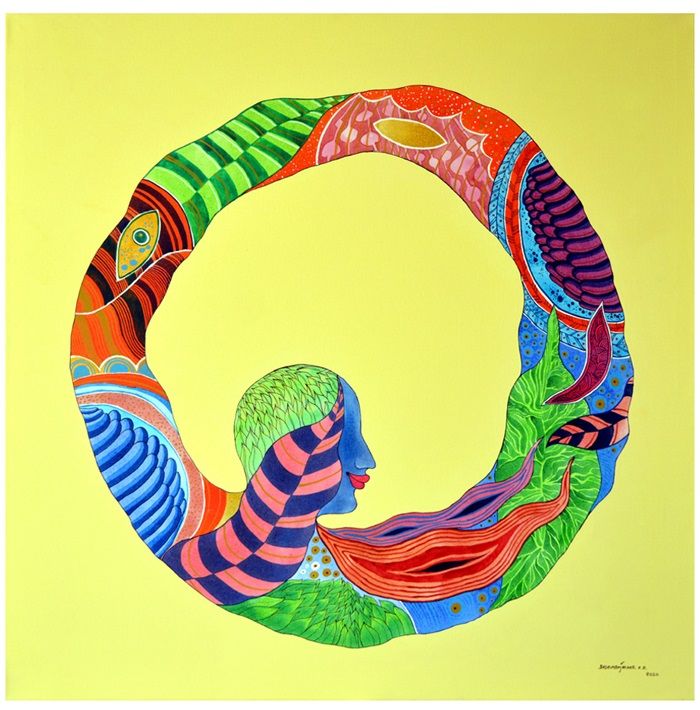
Artist: Basavarajachar KR
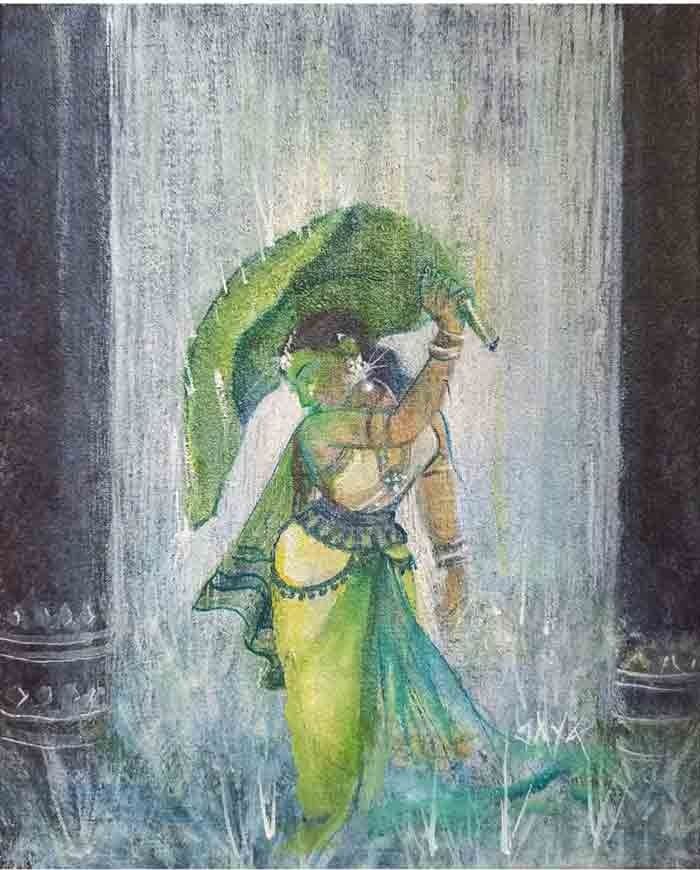
Artist: G Jayalakshmi
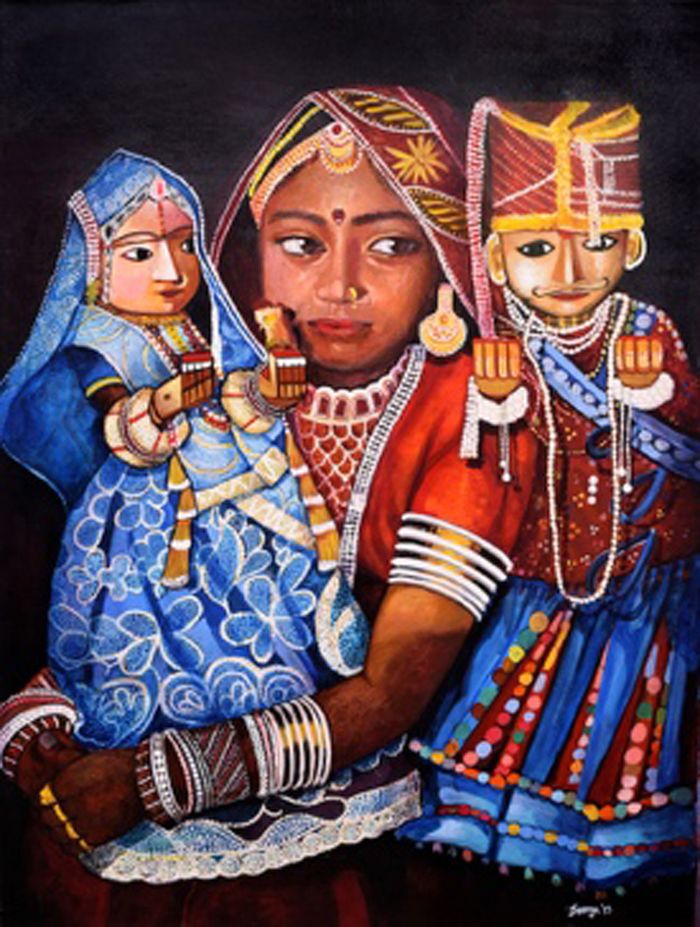
Artist: Somya Pathak
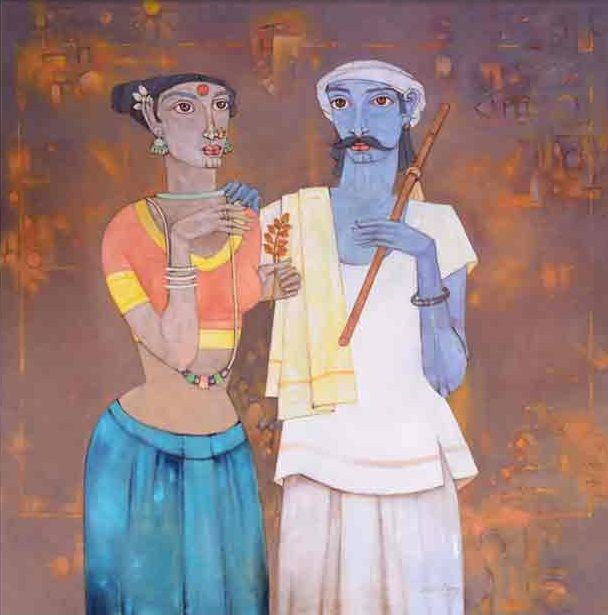
Artist: Doulataray S Desai
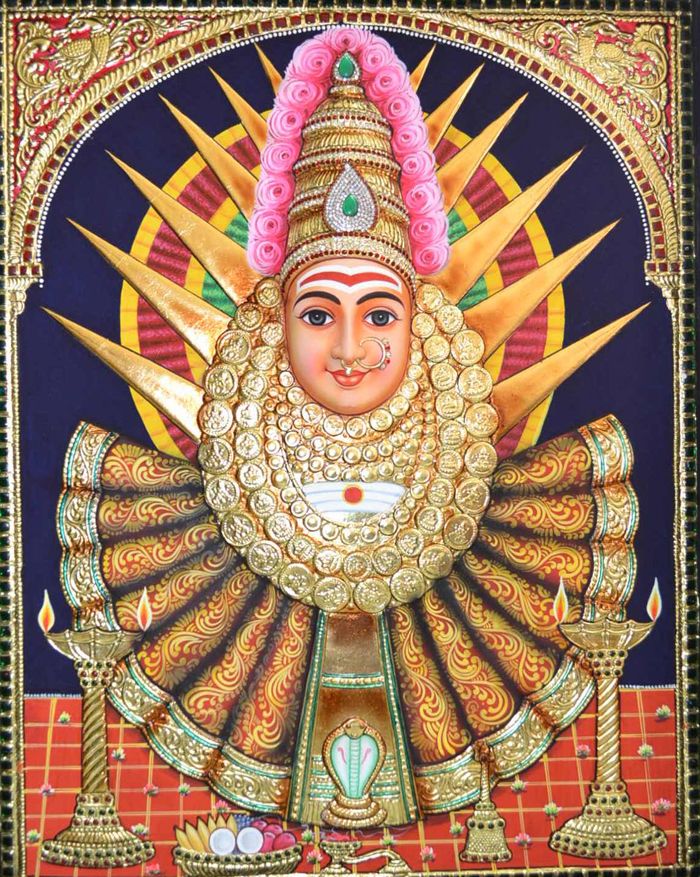
Artist: G Arul Murugan
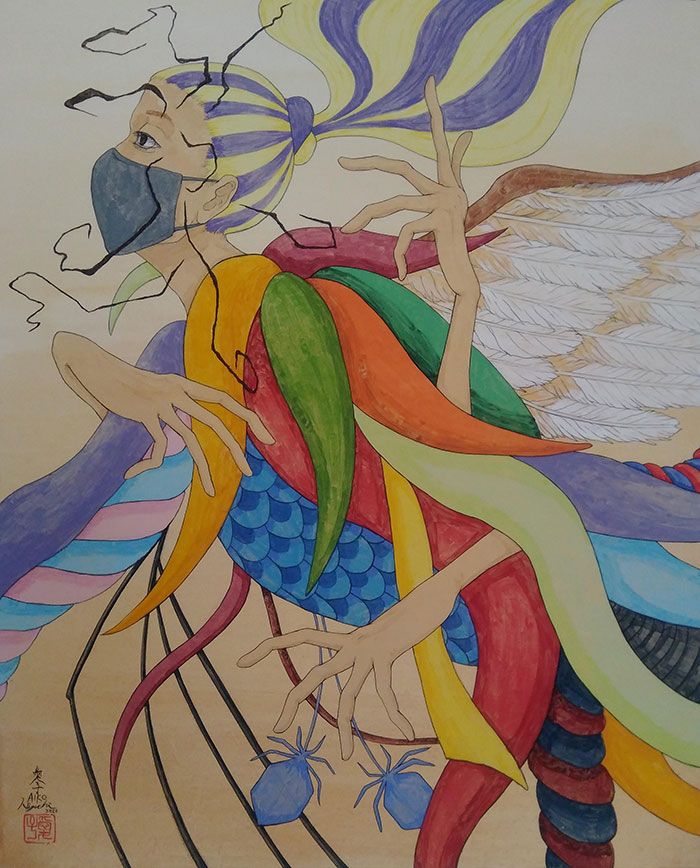
Artist: Aiko Higuchi
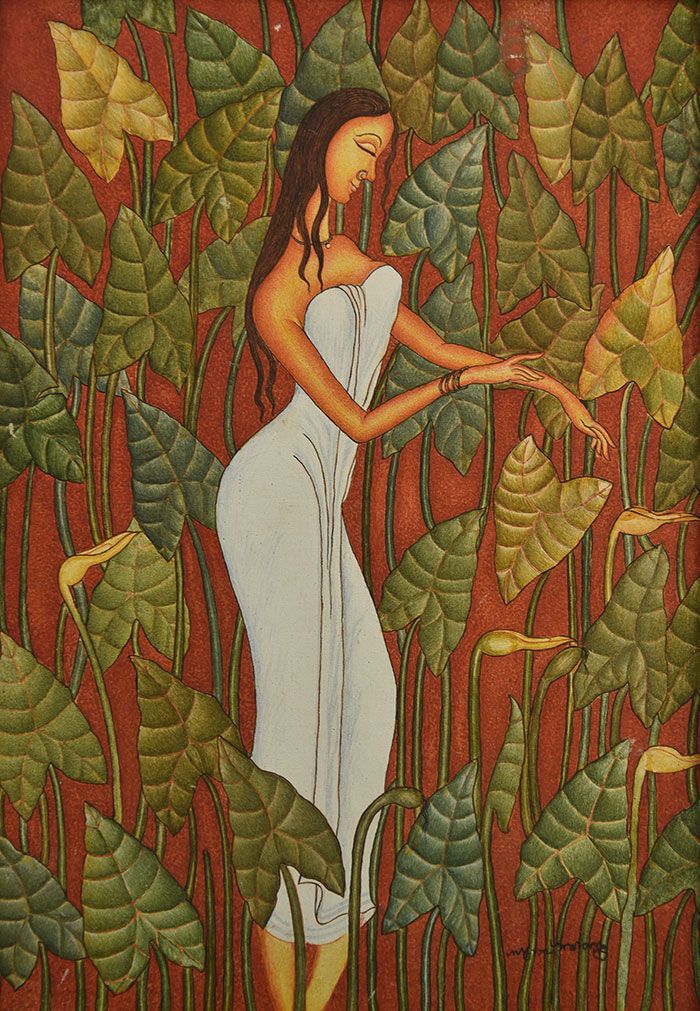
Artist: Arpita Kar
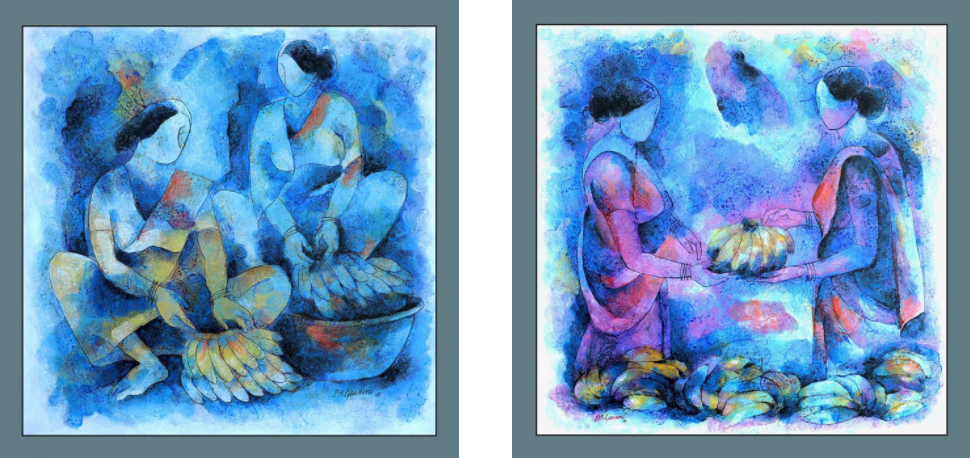
Artist: PB Gavani
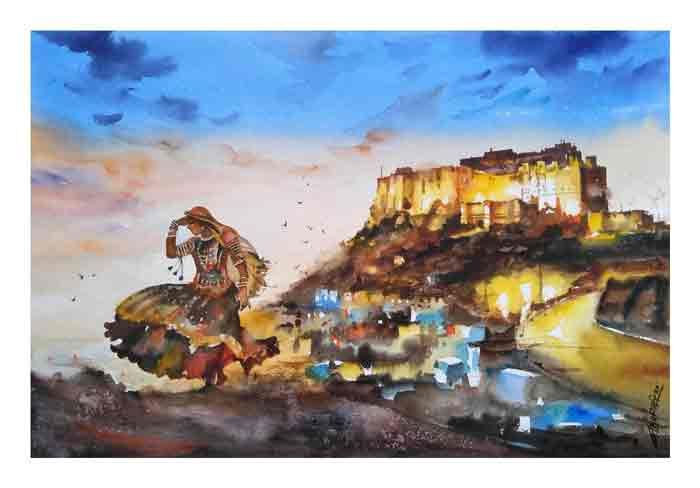
Artist - Anurag Mehta
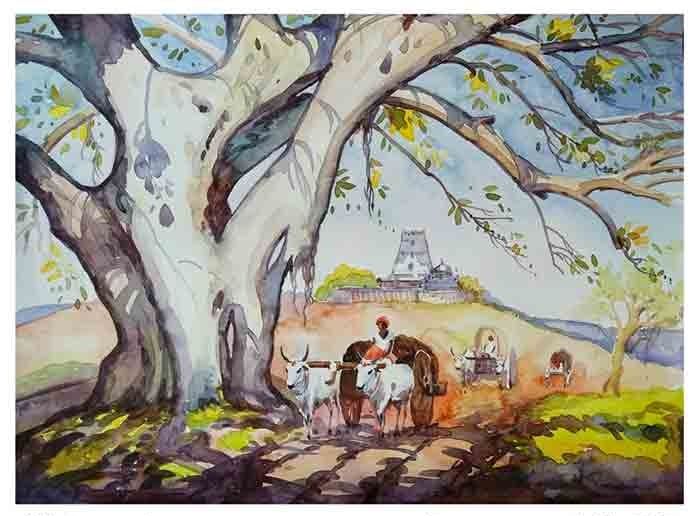
Artist: C Sriram

Artist: Basavarajachar KR
See also the YourStory pocketbook ‘Proverbs and Quotes for Entrepreneurs: A World of Inspiration for Startups,’ accessible as apps for Apple and Android devices.
Edited by Suman Singh
Link : https://yourstory.com/2021/01/chitra-santhe-art-festival-creativity
Author :- Madanmohan Rao ( )
January 10, 2021 at 07:00AM
YourStory

